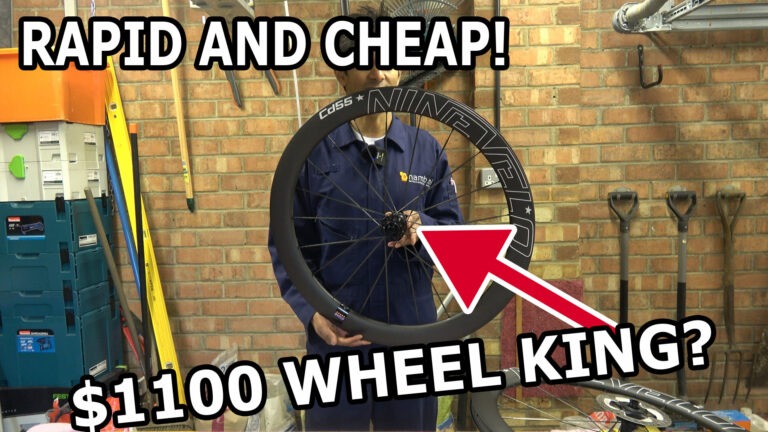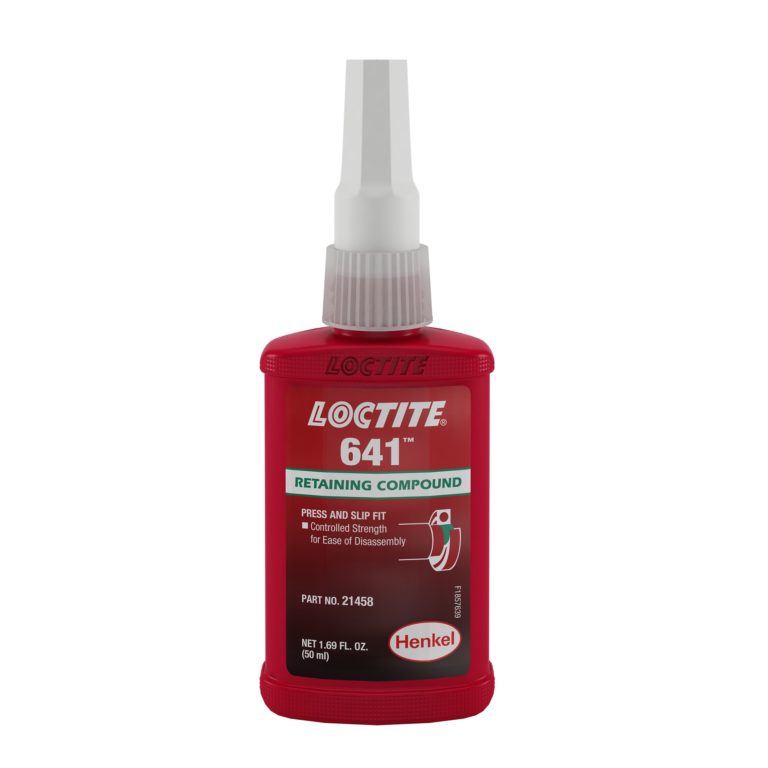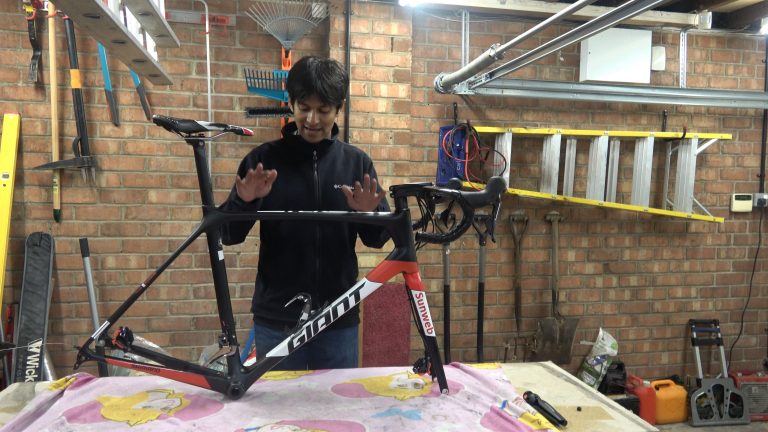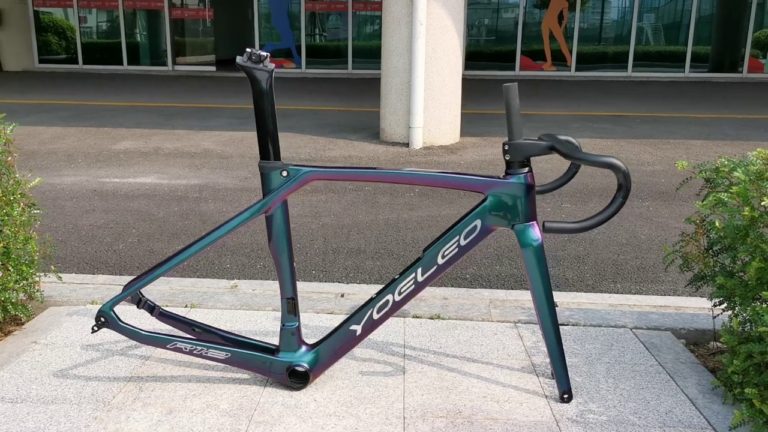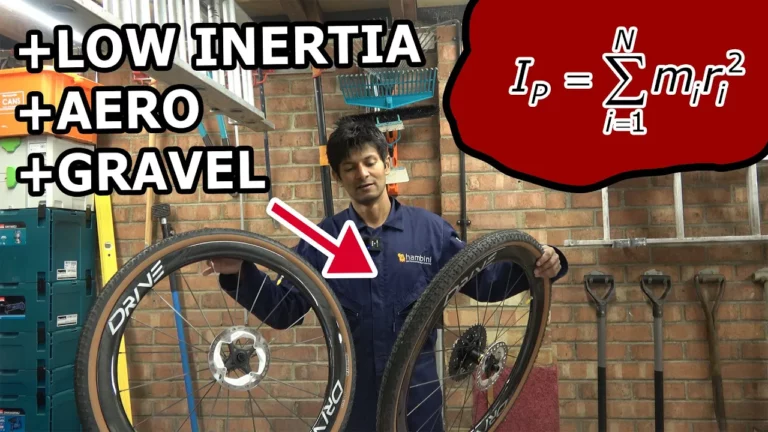Lightbicycle Full Disc Time Trial Wheel
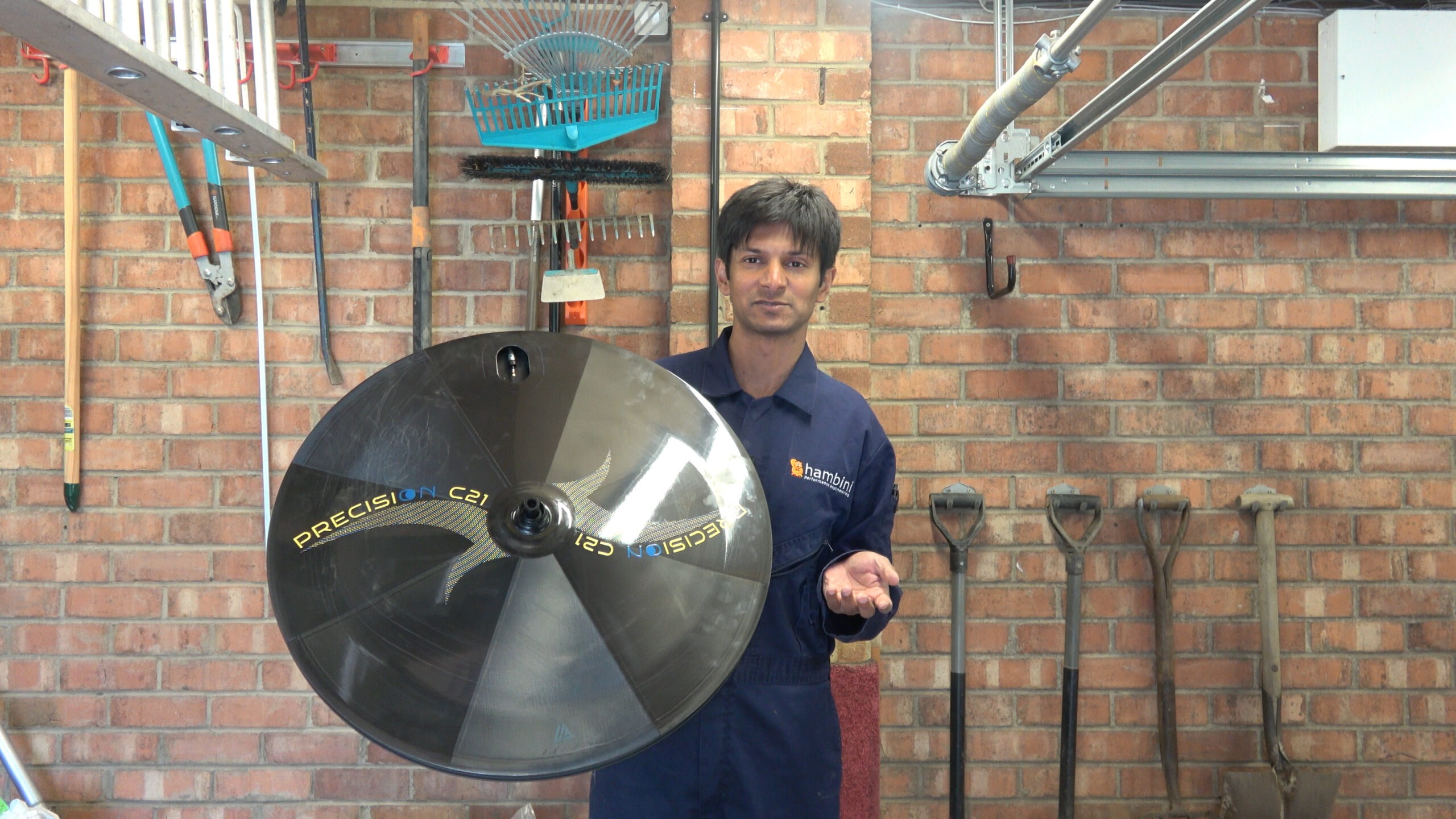
Lightbicycle is a well-established wheel brand from the Far East, renowned and widely distributed across the Western Hemisphere. They were among the pioneers to establish a dedicated service and sales centre in North America.
In this review, I will delve into their Precision C21 full disc wheelset, which features a DT Swiss hub.
Technical Points
Copied from the Lightbicycle page:
- Toray T700 and T800 fibres used throughout
- Suitable for Road/TT/Track use
- They are hooked rims
- Approximately 21mm inner
- Approximately 27mm Outer
- DT Swiss EXP Hubset
- Disc Brake Compatible
- Right Angled inflation adaptor provided in the package

Wheel Rims
The Precision C21 features a unibody construction, meaning it is not merely a cover over a conventional spoked wheel. The center houses the DT Swiss hub, while the remainder of the disc is bonded in place. The disc’s boundary is a composite material sandwich, incorporating two carbon fiber skins with a central foam section. This design makes the wheel notably lightweight for a full disc.
The hooked rims are compatible with both clincher and tubeless tire setups. This design allows for the use of traditional clincher tires, which are widely available, as well as tubeless tires, which can offer benefits such as lower rolling resistance and a reduced risk of flats.

Hubs
The hub used in the Lightbicycle Precision C21 wheelset is the DT Swiss 240 unit, a fairly common choice among mid-range road hubs.
The DT 240 hub is designed with non standard engineering practices – DT regularly use false bearing numbers – A practice that is frowned upon in Engineering circles. While the aluminium hub body helps keep the wheelset’s weight manageable, it doesn’t particularly stand out in terms of innovation or advanced construction techniques.
The DT 240 hub incorporates the DT Swiss Ratchet System, which, although reliable, is now somewhat dated since the patent has expired and several clones are available on the market. The system includes two star ratchets that provide a reasonable contact surface, which helps with force distribution but isn’t notably superior to more modern designs which do not require special tooling.
Maintenance for the DT 240 hub can be more cumbersome compared to some other hubs. It requires special tools to remove the inner ring and bearing, which can be inconvenient. While the hub is serviceable, the need for specialized tooling might deter some users who prefer easier maintenance options.
Bearing service on a disc wheel generally presents more challenges than on a spoked wheel due to the solid boundary designed for better aerodynamics. This solid design limits access to the hub components, making regular maintenance tasks more difficult and time-consuming.
Performance-wise, the DT 240 hub is adequate but not exceptional. The engagement of the Ratchet System is reasonably smooth, though it doesn’t offer the quickest engagement compared to newer systems on the market. The hub’s bearings provide a decent ride quality, but they don’t significantly reduce friction or enhance efficiency in a noticeable way.
Spokes and Tension (or lack of)
Normally, wheels are built with spokes and require tensioning to true the wheel up and add some stiffness. In this case, the wheel cannot be adjusted so the runout is fixed.
The runout is effectively dictated by the geometry of the rim and the accuracy of the hub placement within the rotating envelope.
Out of Balance
The out-of-balance was good and was aligned with the valve hole
Aerodynamics
Disc bicycle wheels offer significant aerodynamic advantages over traditional spoke wheels, primarily due to their solid structure which reduces air resistance. Unlike spoke wheels that create turbulence as air flows through the gaps, disc wheels present a smooth surface that allows air to glide over without interruption. This design minimizes drag, making disc wheels highly efficient at higher speeds, particularly beneficial in time trials and triathlons. The absence of spokes also means fewer edges and surfaces for the wind to catch, which further enhances the aerodynamic profile. Additionally, disc wheels can help maintain stability by reducing lateral wind effects. There is very little that can be done on a disc wheel to differentiate between one brand and another in terms of aerodynamics, the profile is largely irrelevant because it’s a solid boundary that cannot be penetrated by stream lines.
The handling of the Lightybicycle disc is no better or worse than any other wheel that has been tested. In addition the aerodynamic performance is broadly the same as every other disc wheel that has been tested.
Ride Feel
Riding with a disc wheel is typically reserved for time trials or preparation for them, rather than everyday use, especially in Northern Europe. These wheels are designed to be exceptionally stiff, offering minimal flex when leaned on, which results in very direct cornering.
The ride quality can be quite harsh since disc wheels provide little damping. However, this particular disc wheel stands out due to its low inertia, thanks to the absence of an additional cover, which helps keep the weight low. This feature allows for significantly faster acceleration compared to some other disc wheels.
While disc wheels may not be the best choice for daily rides, their benefits in specific racing scenarios make them a valuable tool for serious cyclists.
The test wheels underwent extensive use, being subjected to numerous races and even crashes. Despite the substantial cosmetic damage they sustained from these rigorous conditions, their mechanical performance remained impeccable. The wheels continued to function flawlessly, showcasing their durability and reliability.









Watch on YouTube
You can watch the full slice and dice on YouTube

